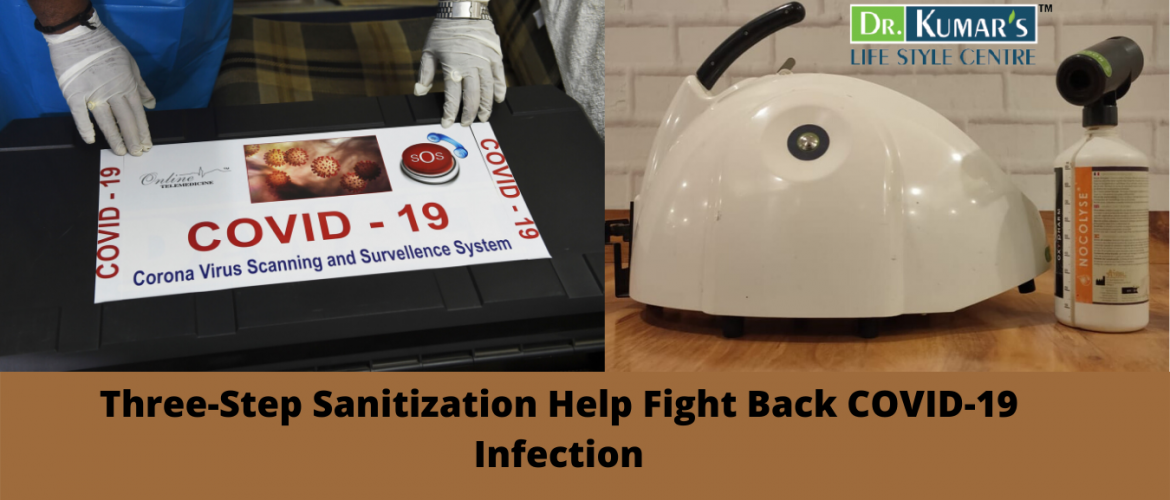India is a politically diversified, multilingual and multi-ethnic society. As per the country meter India is the most populated country ranked 2nd all over the world. About 18% of total world population lives in India and Indian population density is 422.0 people per square kilometer (1,093.0/mi2) as of May 2020 1. Earlier hygiene practices were not good in India but as per the UNICEF, total number of people without access to toilet and clean water has reduced significantly by 2019. But there is need to sustained use of hygiene practice all the time to avoid the spread of contagious disease and other infections.
Why it is necessary in schools?
All children spend most important time of their (childhood) life in schools in learning, shaping their carrier and grow physically, mentally, and socially. Schools can play a pivotal role by promoting good health behavior in them2,3. As per the UNICEF report, up to 50% of infection out of their house hold infections are contracted by children at school4. About 88% of diarrheal diseases are due to inappropriate hygiene and sanitation. Infections of communicable diseases are very common in schools and childcare health facility as children normally do not have good knowledge of hygiene practice and they are in close contact with each other. All children may not have complete vaccination. In a study conducted in India the percentage of hygiene practices among school children was found to be satisfactory, however 86.1% demonstrated the same in an incorrect manner5 which emphasize on need for continuous training program in schools.
Some Facts
- As per the CDC, mostly in developing countries estimated 801,000 children younger than 5 years of age crumble due to diarrhea each year. This account for 11% of the 7.6 million deaths of children under the age of five and means that about 2,200 children are dying every day as a result of diarrheal diseases6
- Unsafe drinking water, inadequate availability of water for hygiene, and lack of access to sanitation together contribute to about 88% of deaths from diarrheal diseasesdiseases7
So, if schools are also not maintaining infection control as per the guidelines properly then these sites can become more sensitive in spreading infections.
These organizations should maintain high standards of personal hygiene and practice, particularly hand washing and maintaining a clean environment like cleaning and disinfecting surfaces are important strategies to keep students and teachers healthy at school and childcare health facility. Indian government has started many programs in schools since 1994 including WASH HAND, School Sanitation and Hygiene Education (SSHE) program started in 1999 and many more4. But as per few studies there is lack of personal hygiene in schools. Every school should follow some important infection prevention steps for health of teachers, students and other staff, waste management, water sanitation, periodic conversation of regular vaccination and sanitization to kill germs and to make all surface and school environment germs free because safe and hygiene environment increase more socioeconomic and skilled growth of students.
What school should do?
They should hire some organization or contact concerned person for complete audit which include environmental audit (physical, chemical or biological factor which can result in ill health), drinking water and waste management audit, personal hygiene (including children, staff, and teachers).
Following are some points which can be considered necessary for action to be taken by schools:
- Awareness about routine immunisation
- Should maintain good standards of personal hygiene and practice, particularly hand washing by time to time inspection
- Maintaining a clean environment of classroom and schools by regular sanitization by exerpets
- By providing strict guidelines to stay at home if anyone have flu or cold like symptoms or using masks and respiratory hygiene to prevent spread of the infection
- Should organize hygiene related sessions or workshops by experts
- Should celebrate a day/month or a week/year to celebrate hygiene day or week by cleaning classroom or school premise to encourage hygiene importance
References
- 1. India #population 2018
- 2. Mhaske MS, Khismatrao DS, Kevin F, Pandve HT, Kundap RP. Morbidity pattern and personal hygiene in children among private primary school in urban area: are the trends changing? J Fam Med Prim care. 2013;2(3):266–9.
- 3. Deb S, Dutta S, Dasgupta A, Misra R. Relationship of personal hygiene with nutrition and morbidity profile: a study among primary school children in South kolkata. Indian J Community Med. 2010;35(2):280–4.
- 4. UNICEF WASH for School Children South Asia Report
- 5. Meher S et al. Study of hygiene practices among school going children in a
government school in Kolkata.International Journal of Community Medicine and Public Health Int J Community Med Public Health. 2018 Jul;5(7):3102-3105 - 6. Liu L, Johnson HL, Cousens S, Perin J, Scott S, Lawn JE, Rudan I, Campbell H, Cibulskis R, Li M, Mathers C, Black RE; Child Health Epidemiology Reference Group of WHO and UNICEF. Global, regional, and national causes of child mortality: an updated systematic analysis for 2010 with time trends since 2000.External Lancet. 2012 Jun 9;379(9832):2151-61.
- 7. Prüss-Üstün A., Bos, R., Gore, F. & Bartram, J. 2008. Safer water, better health: costs, benefits and sustainability of interventions to protect and promote health. Cdc-pdf[PDF – 60 pages]External World Health Organization, Geneva.
Writer of this blog Dr. Sushila Dahiya Sangwan is a microbiologist and scientist at AIIMS (ALL INDIA INSTITUTE OF MEDICAL SCIENCES) she has expertise in infection control and having representation at international level. if you have any question you may ask and write here in comment box.

